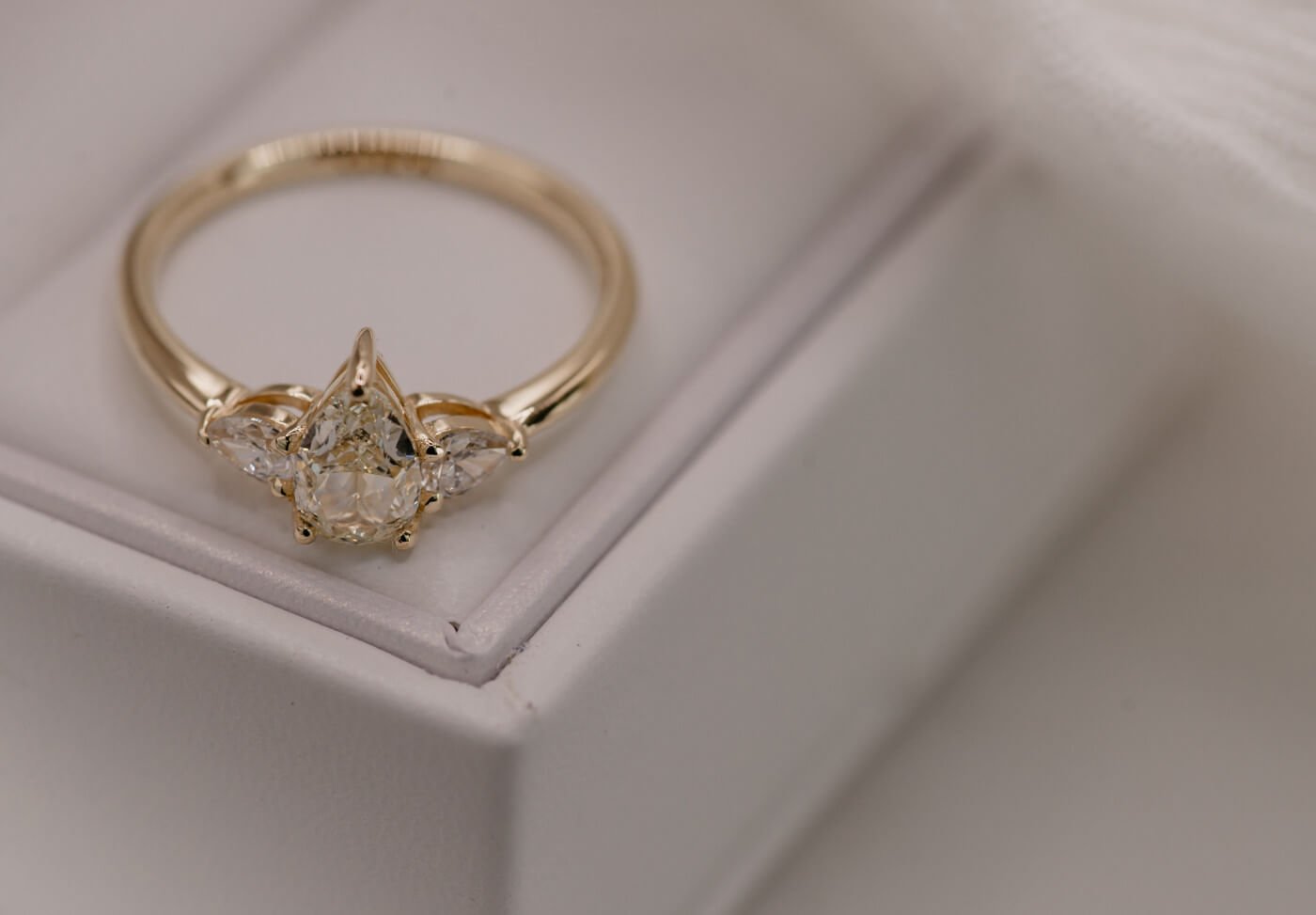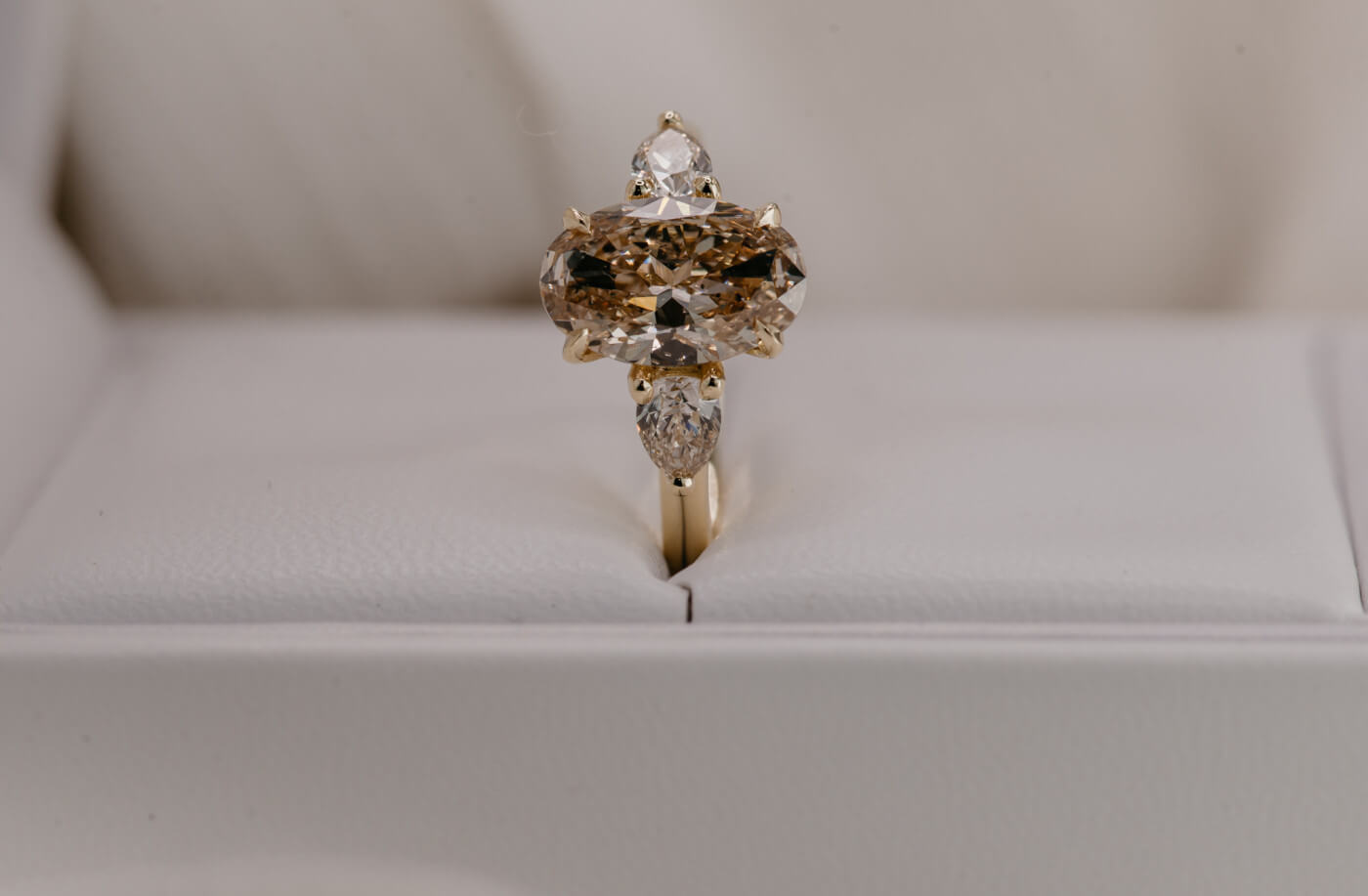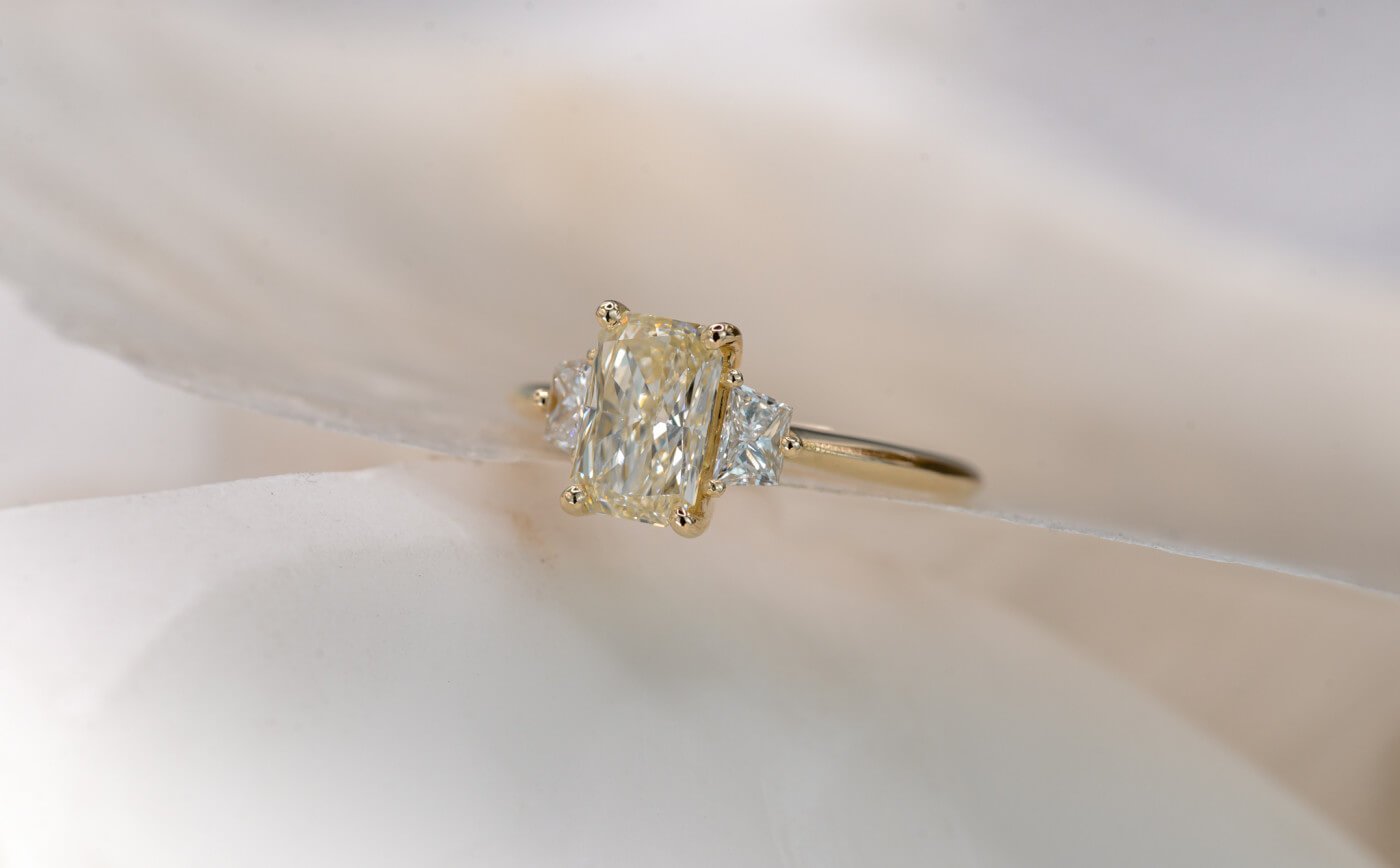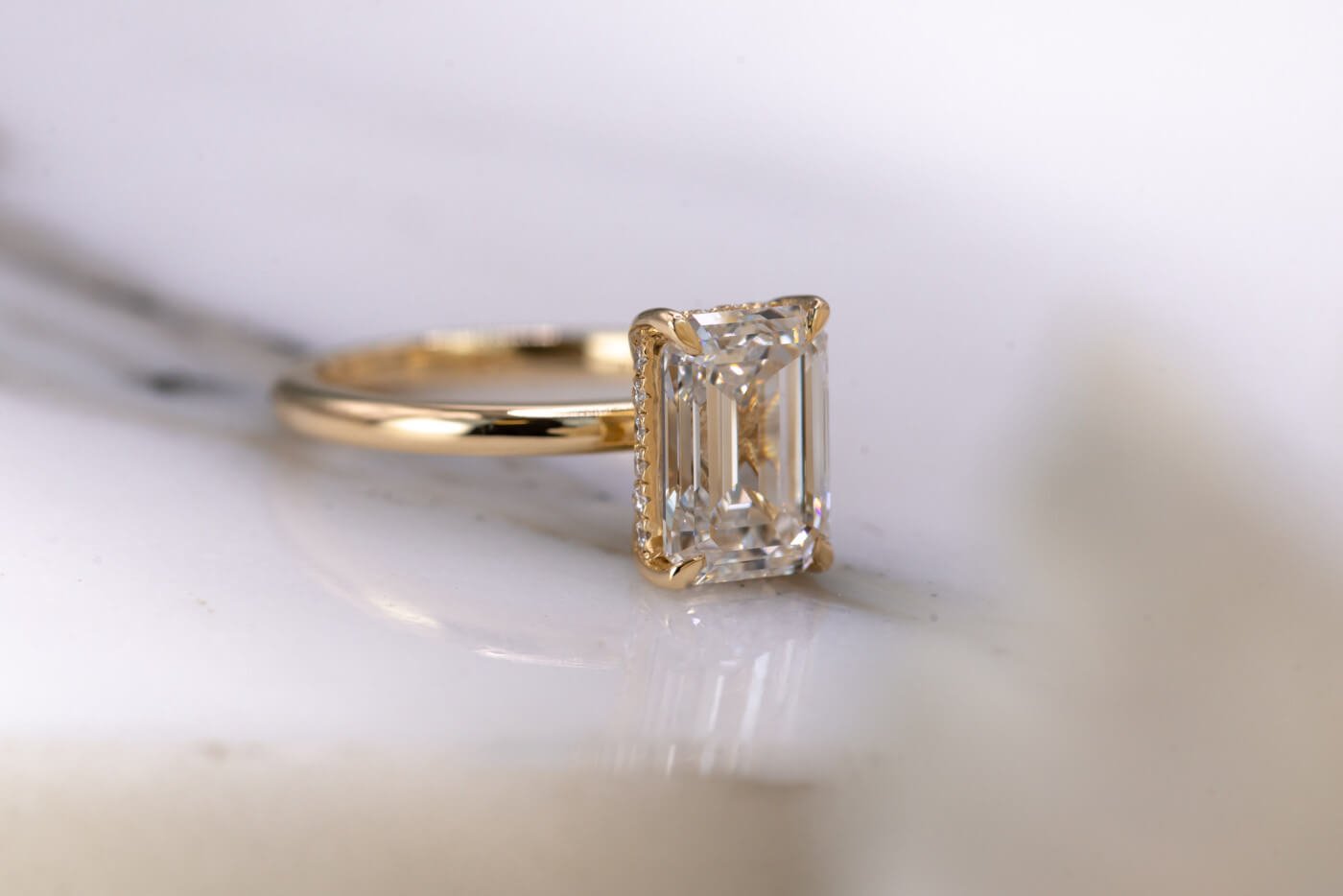There are several ways to tell the difference between a lab-grown diamond and a natural diamond, but some methods require specialised equipment that may not be readily available to the average person. Here are a few ways you can distinguish between the two:
-
Certification: The most reliable way to determine whether a diamond is lab-grown or natural is to check its certification. Lab-grown diamonds are usually certified by the International Gemological Institute (IGI) or the Gemological Institute of America (GIA), and the certificate will indicate whether the diamond is natural or lab-grown.
-
Price: Lab-grown diamonds are typically less expensive than natural diamonds of the same size and quality. If a diamond is being sold at a significantly lower price than other diamonds with similar characteristics, it may be a lab-grown diamond.
-
Inclusions: Inclusions, or imperfections within the diamond, can help distinguish between natural and lab-grown diamonds. Natural diamonds often have inclusions, while lab-grown diamonds are usually free of inclusions or have very few.
-
Colour: Natural diamonds come in a wide range of colours, while lab-grown diamonds are often colourless or near-colourless. If a diamond is completely colourless, it may be a lab-grown diamond.
-
UV fluorescence: Natural diamonds often exhibit a blue fluorescence under ultraviolet light, while lab-grown diamonds may not exhibit any fluorescence or may show a different colour fluorescence.
It's worth noting that lab-grown diamonds are real diamonds and have the same chemical and physical properties as natural diamonds. The only difference is their origin, so both types of diamonds can be beautiful and valuable in their own right.




